Key Concepts in Computer Science
Programming and Software Development
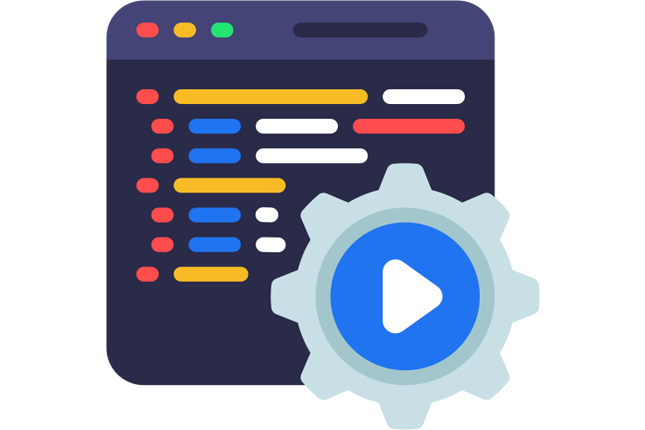
Programming Languages
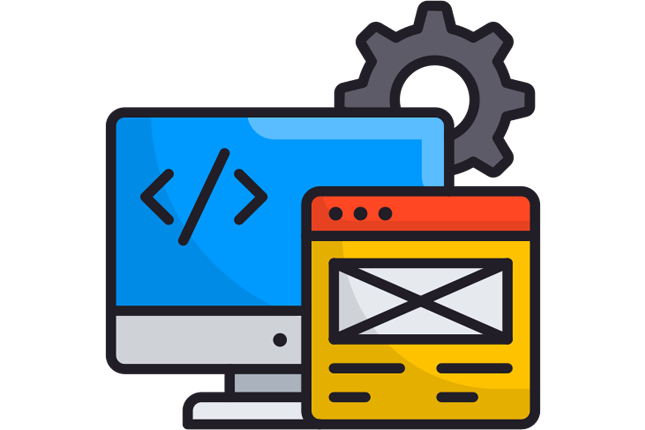
Web Development
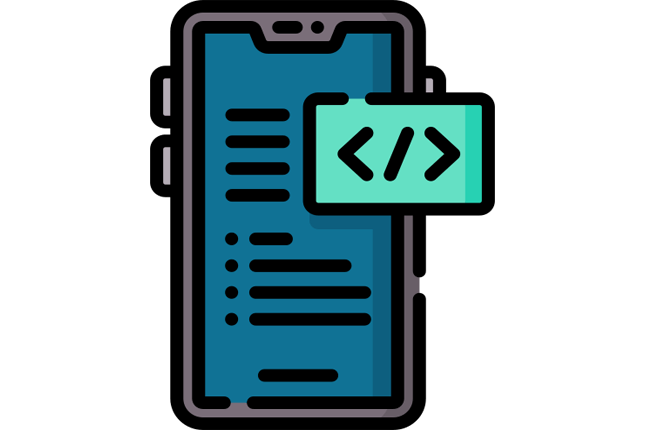
Mobile App Development
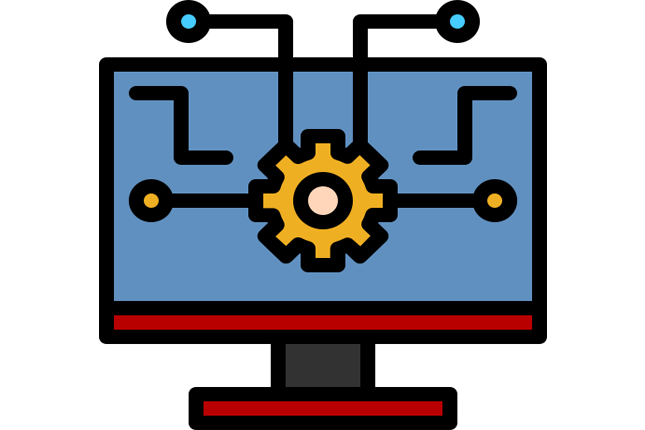
Software Engineering Principles
Algorithms and Data Structures
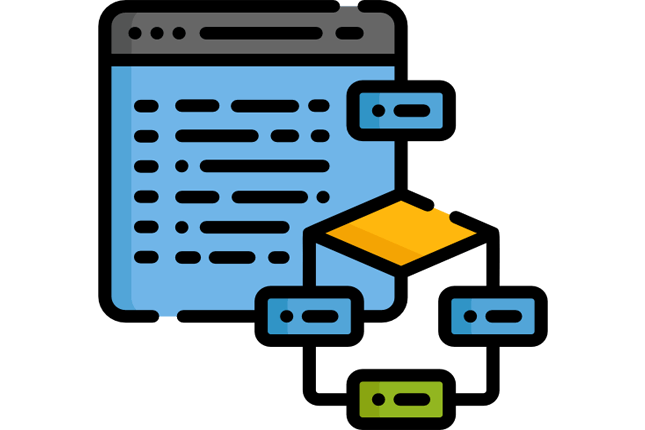
Sorting and Searching Algorithms
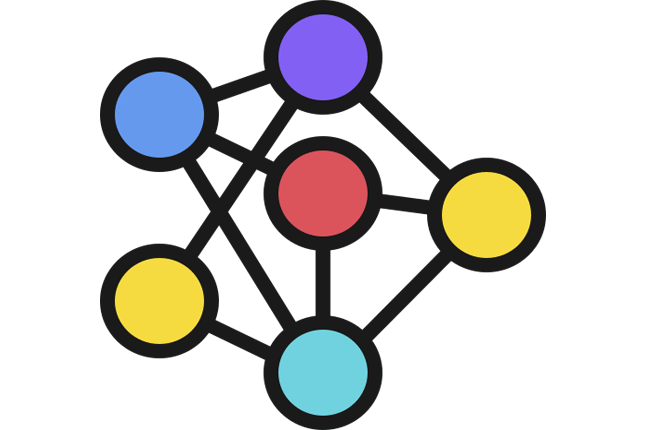
Graph Algorithms
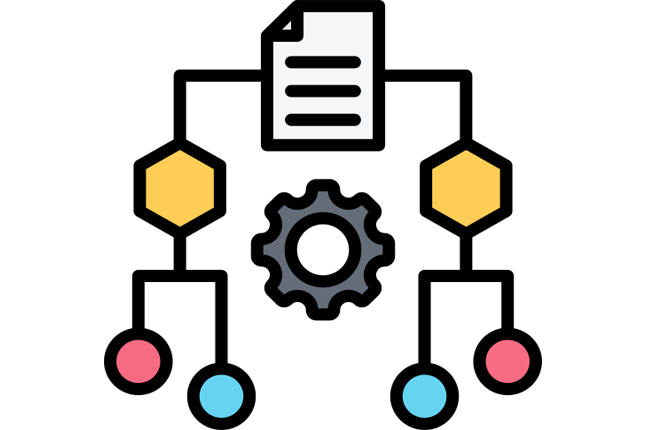
Dynamic Programming
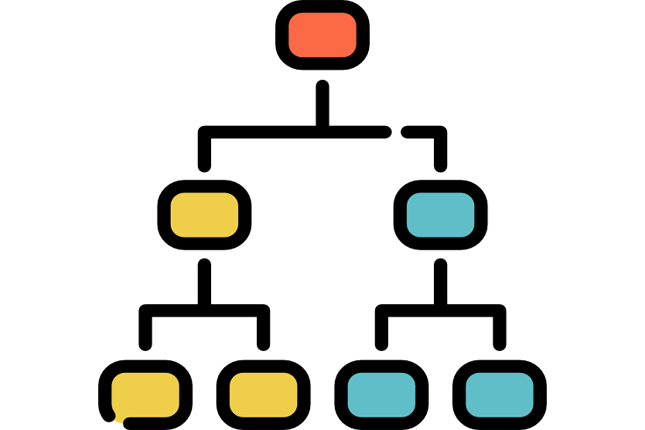
Data Structures
Databases and Data Management
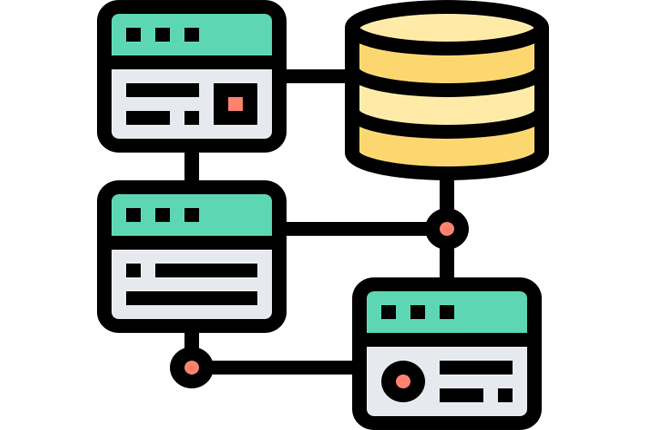
Relational Databases

NoSQL Databases
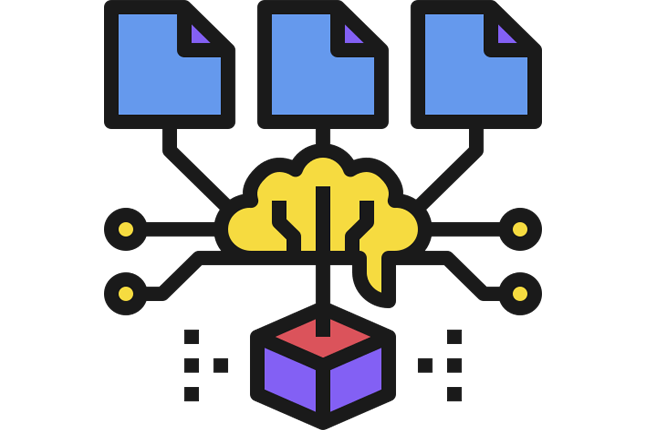
Data Modeling
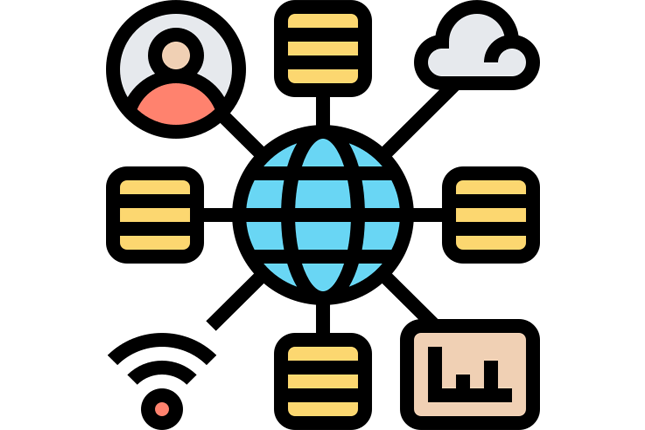
Big Data Technologies
Artificial Intelligence (AI) and Machine Learning (ML)
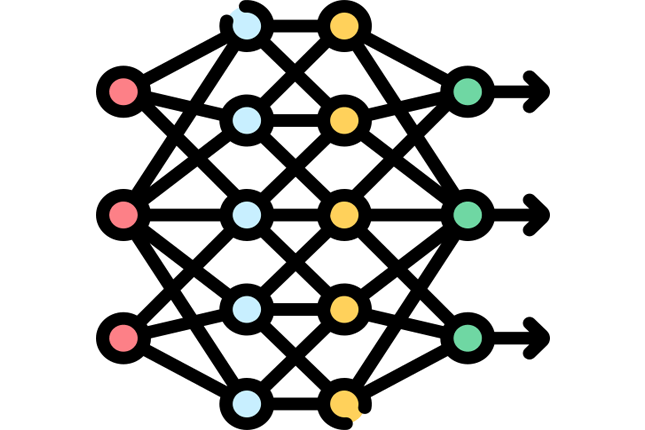
Neural Networks and Deep Learning
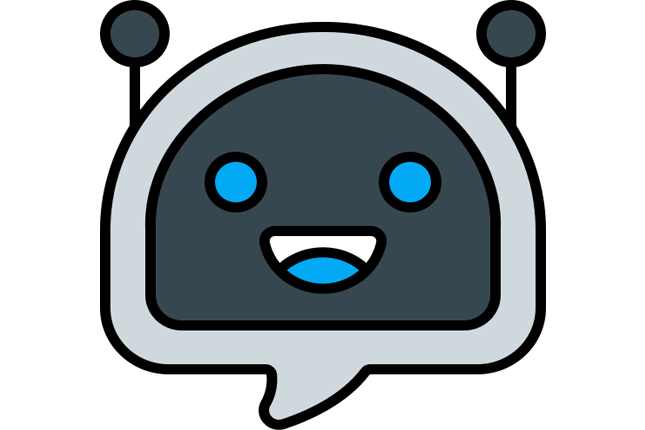
Supervised and Unsupervised Learning

Reinforcement Learning
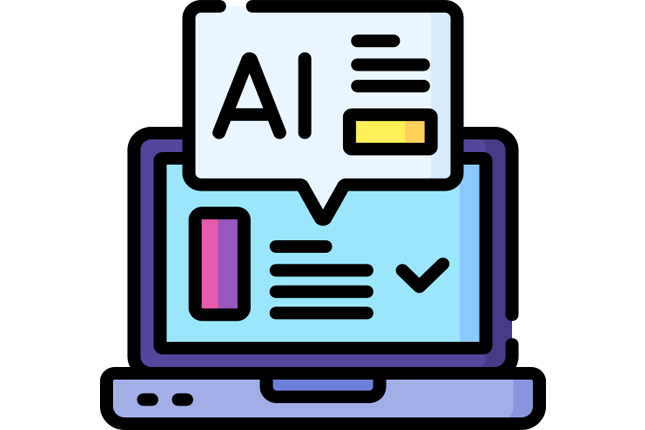
AI Tools and Frameworks
Cybersecurity
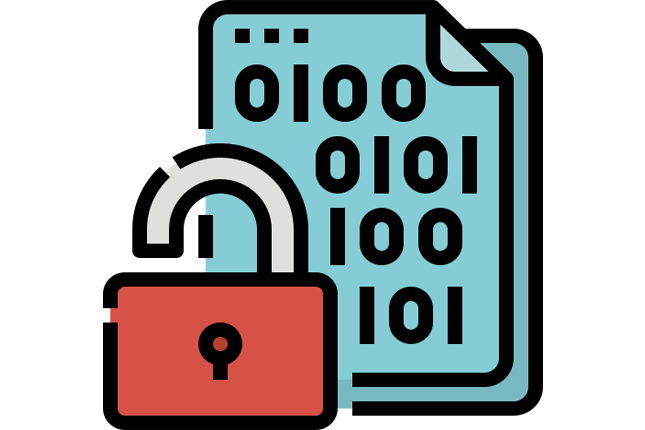
Encryption and Cryptography
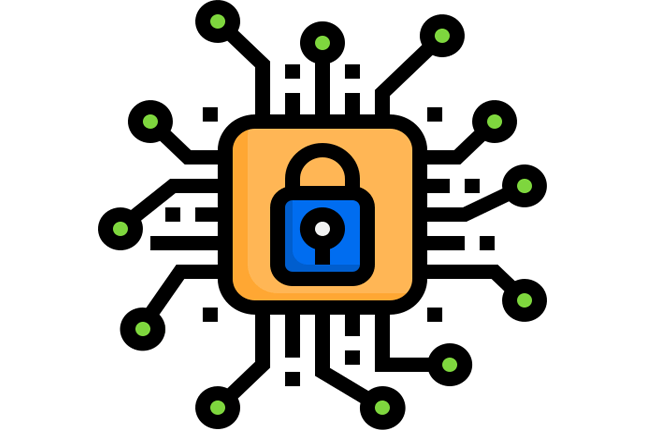
Network Security
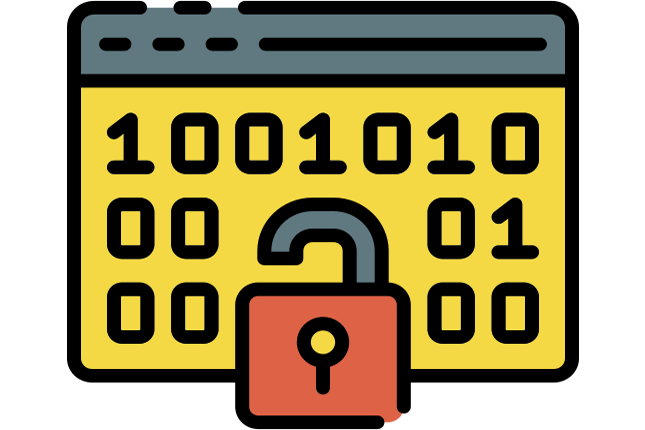
Ethical Hacking and Penetration Testing
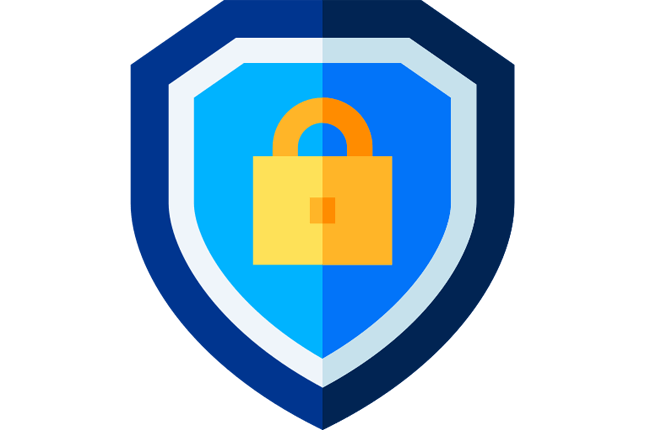
Secure Software Development
Operating Systems
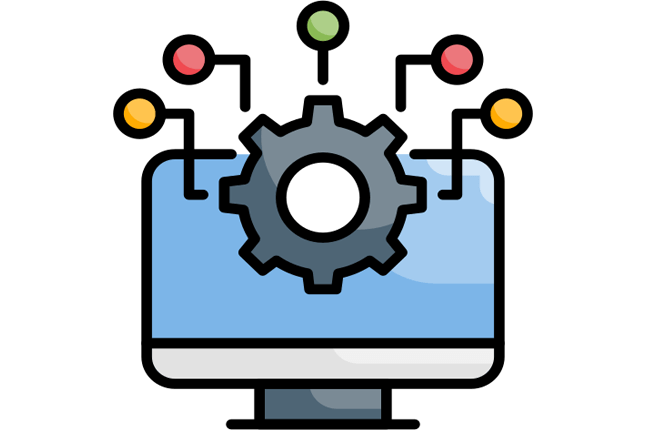
OS Fundamentals
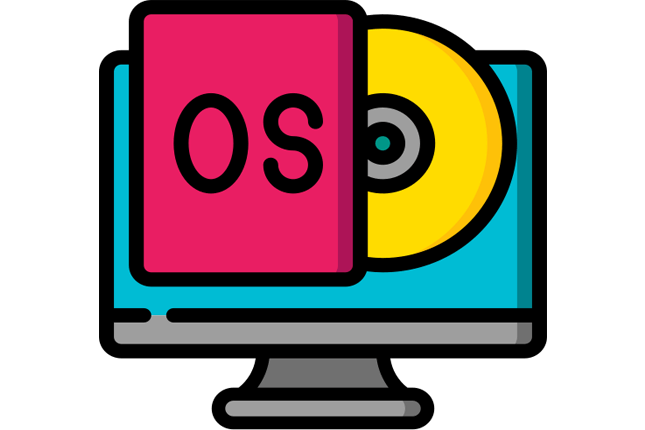
Popular Operating Systems
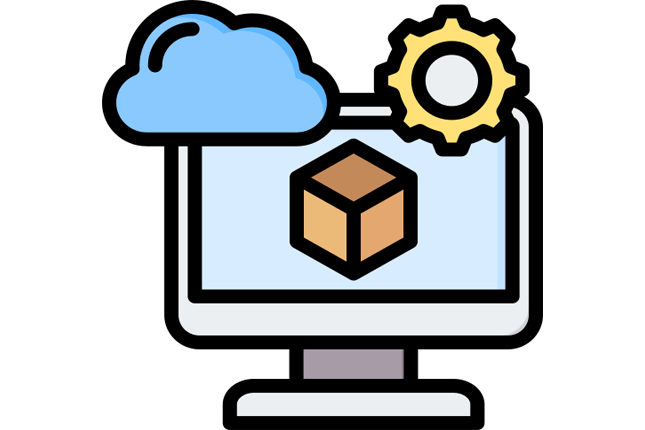
Virtualization
Networking
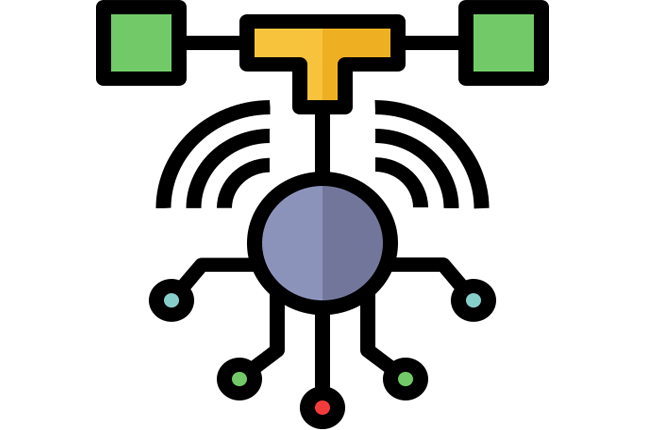
Network Protocols
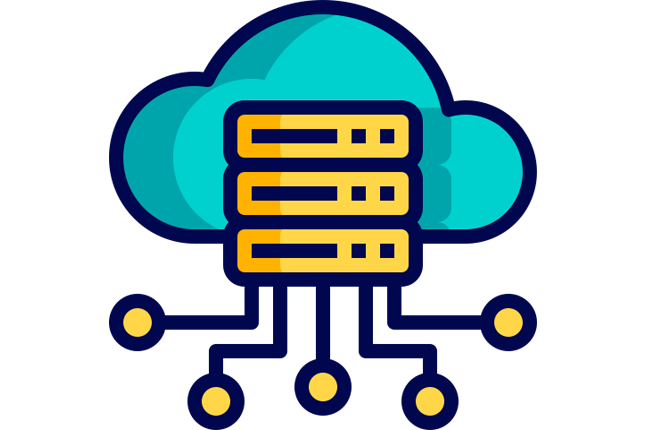
Cloud Computing
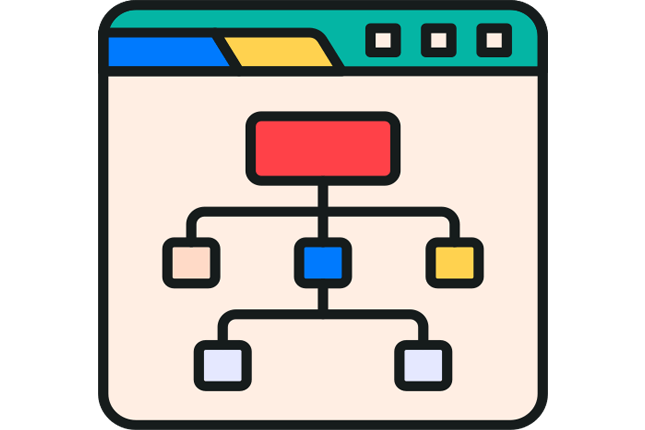
Network Architecture
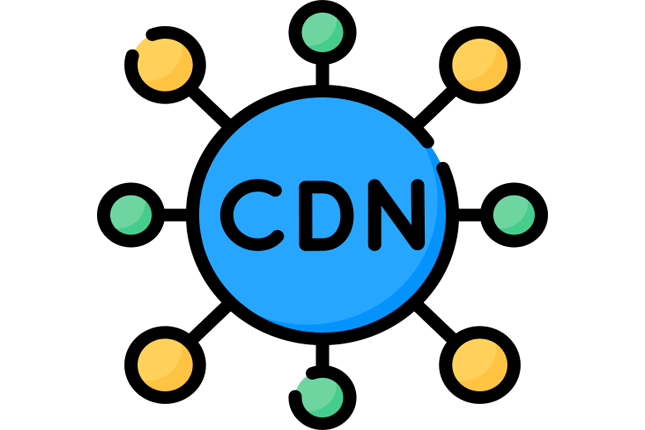
Content Delivery Networks (CDNs)
Cloud Computing and DevOps
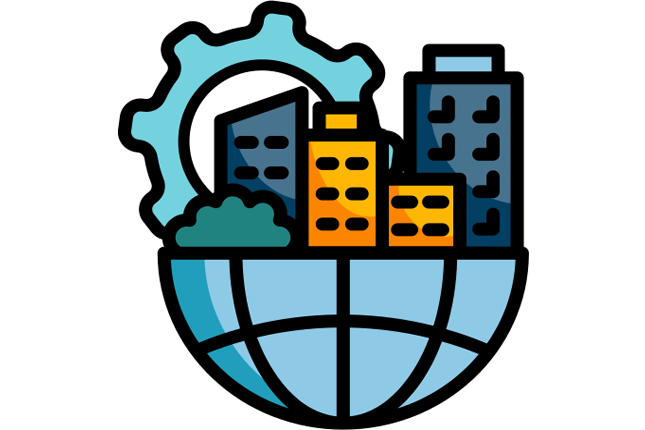
Infrastructure as a Service (IaaS)
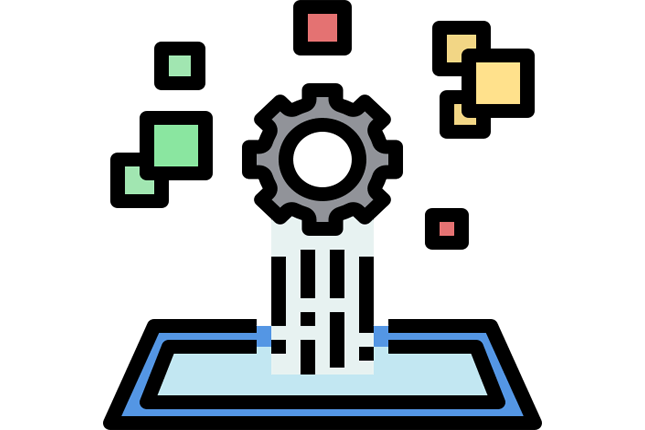
Platform as a Service (PaaS)
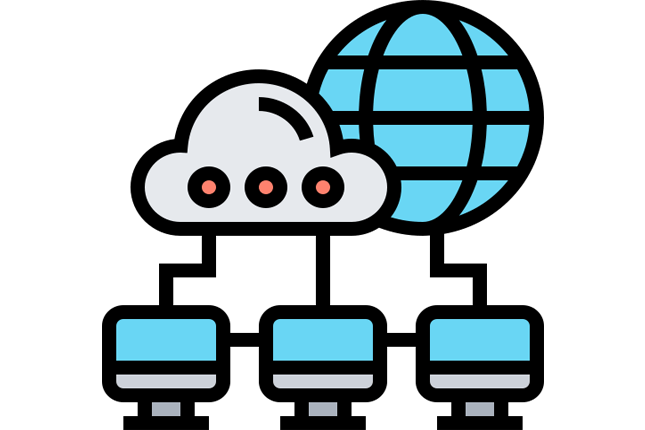
Containerization
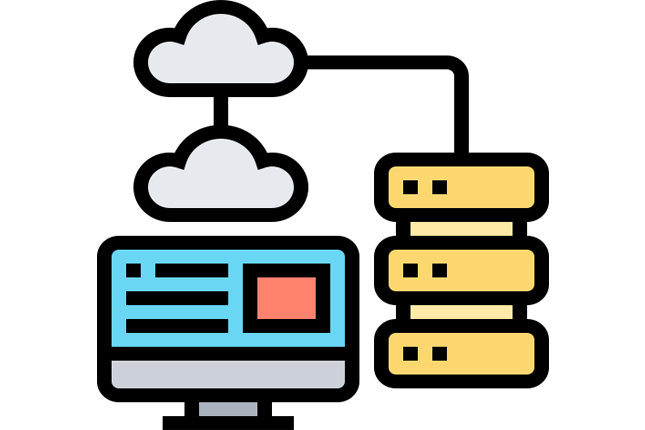
CI/CD Pipelines
Software Development Methodologies

Agile Development
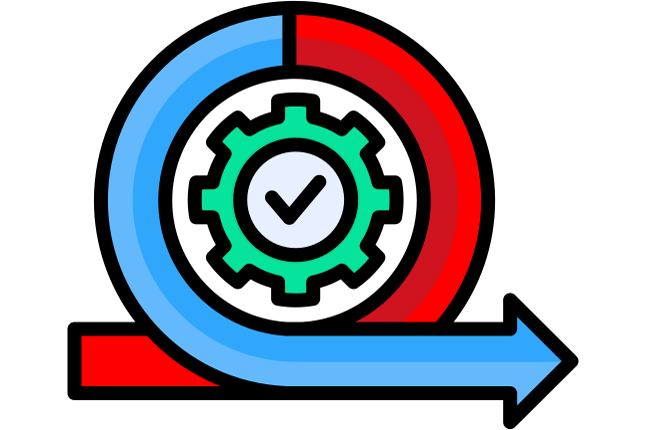
DevOps Practices
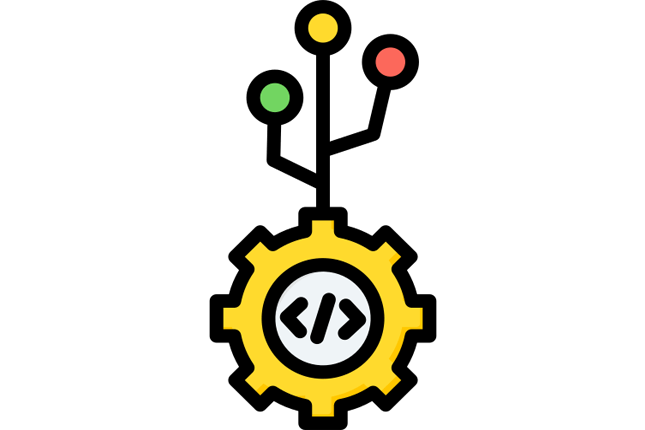
Version Control Systems
Web Technologies
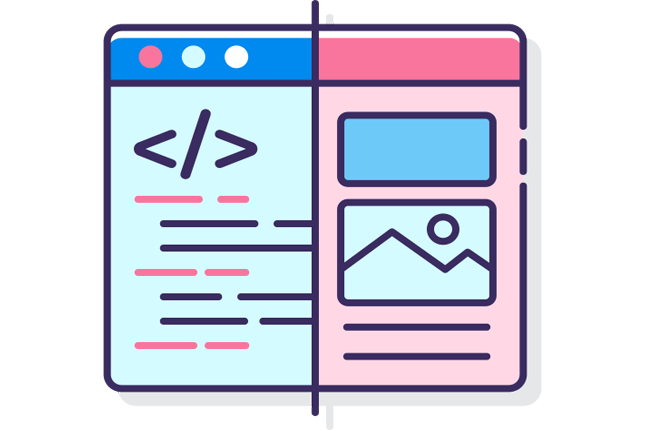
Frontend Frameworks
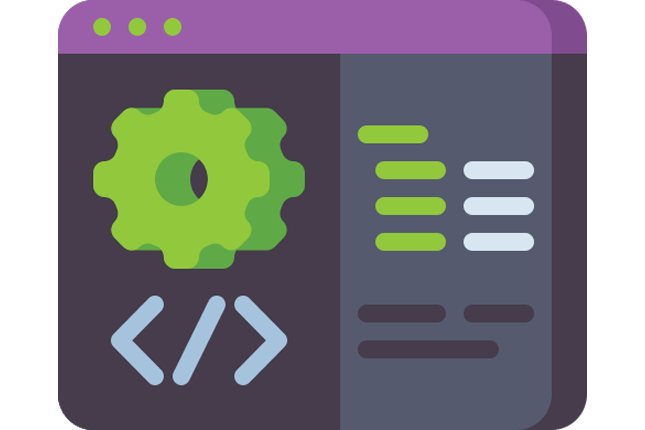
Backend Frameworks
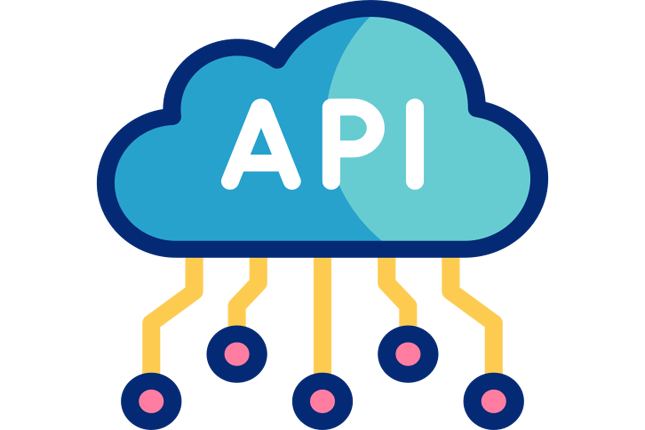
APIs
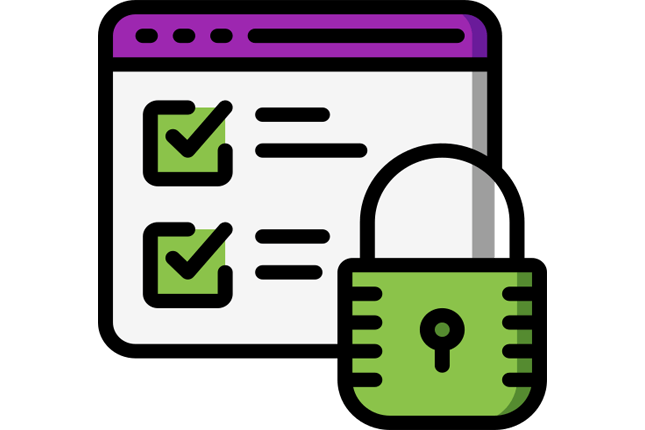
Web Security
Mobile and IoT Development
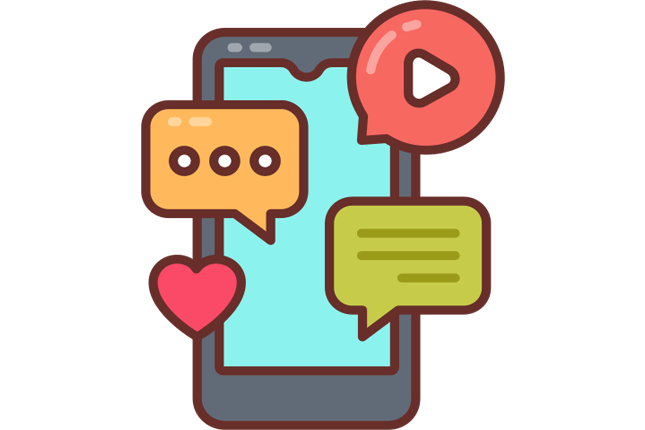
Mobile Platforms
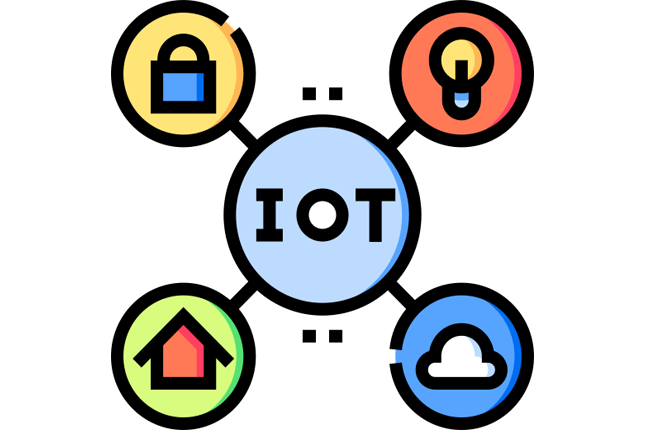
Internet of Things (IoT)
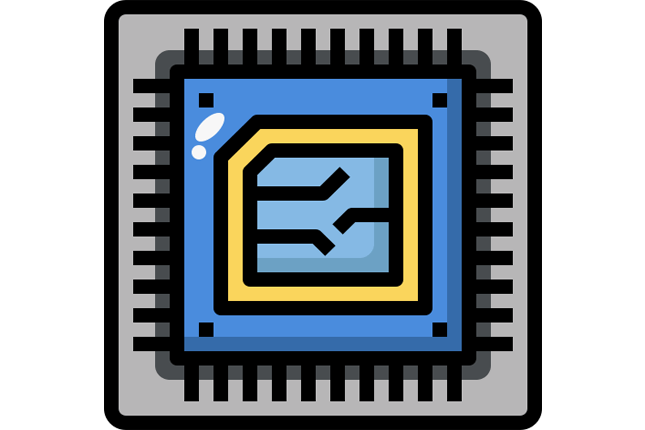
Embedded Systems
Artificial Intelligence Applications
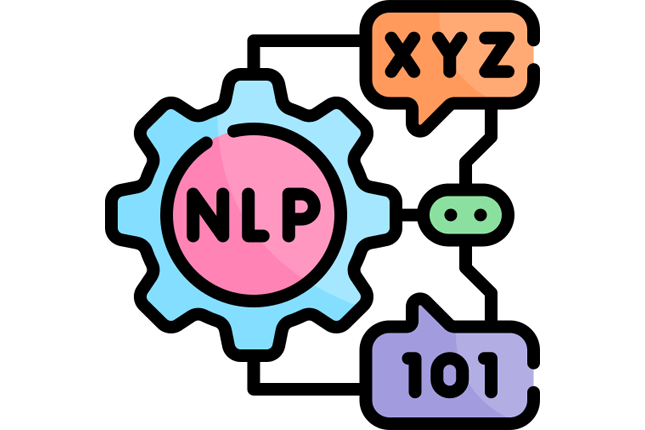
Natural Language Processing (NLP)
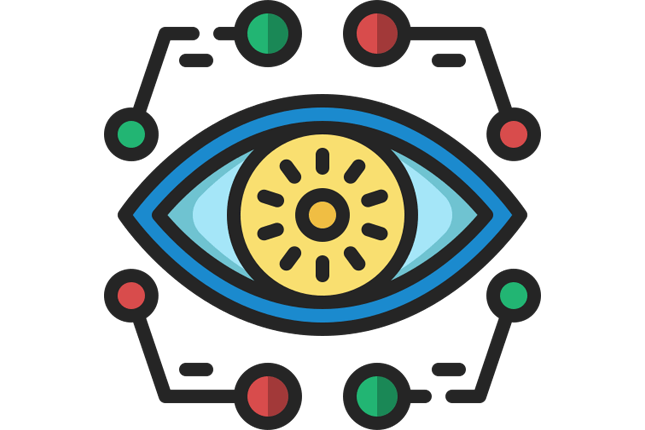
Computer Vision
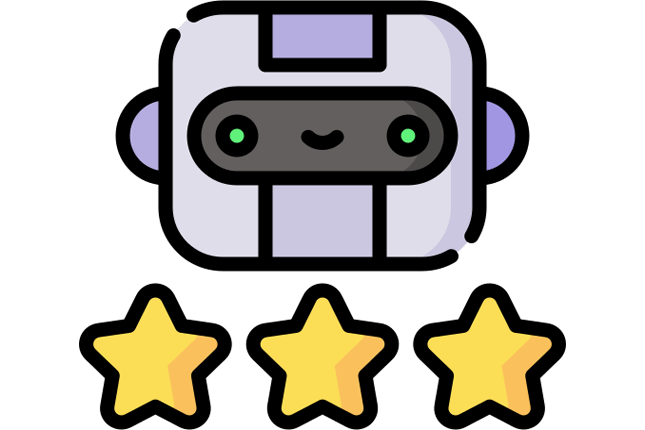
Recommendation Systems
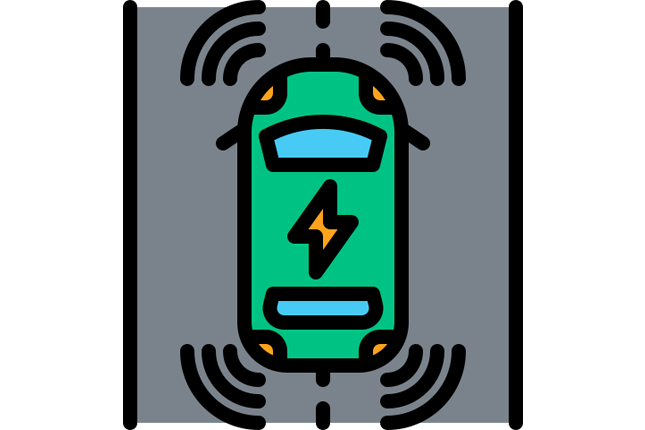
Autonomous Systems
Blockchain and Cryptocurrencies
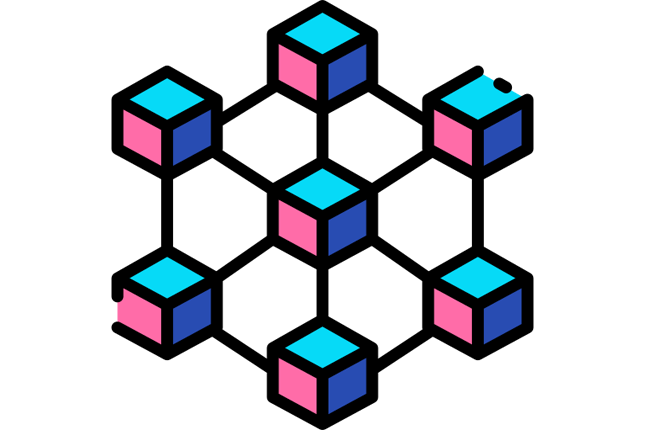
Blockchain Fundamentals
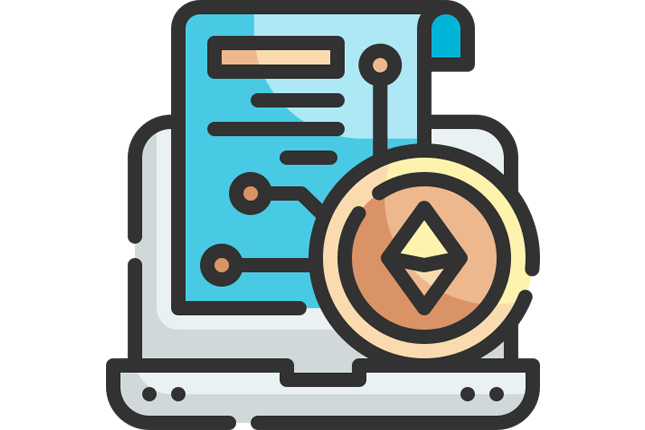
Smart Contracts
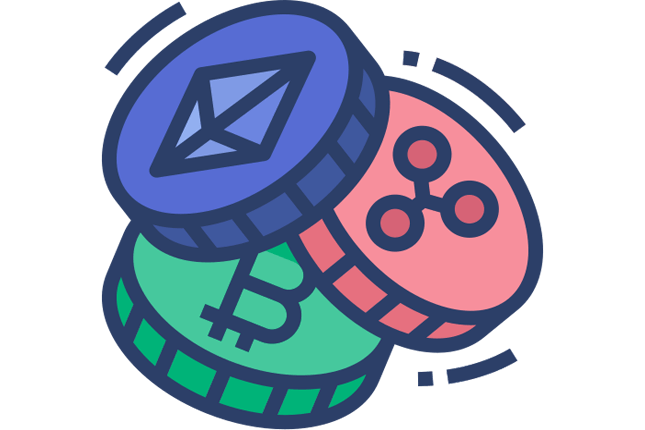
Cryptocurrencies
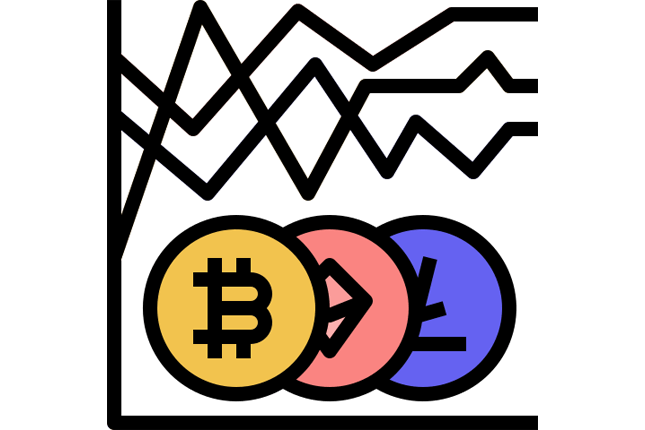
Decentralized Finance (DeFi)
Software Testing and Quality Assurance
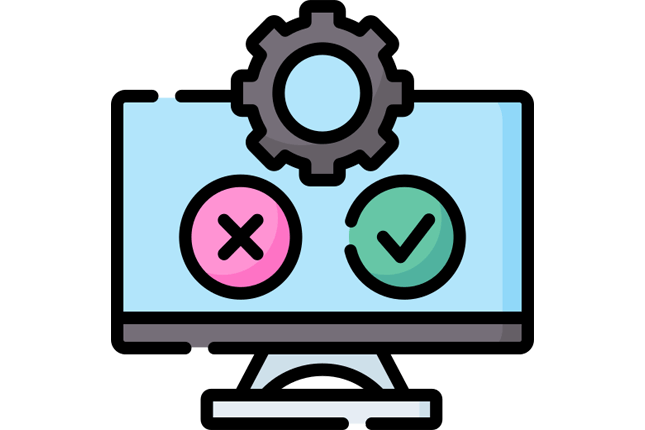
Testing Techniques
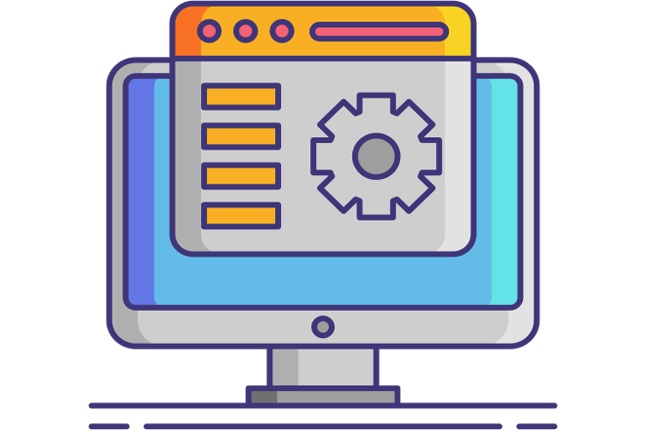
Automation Tools

Debugging Practices
Data Science and Analytics
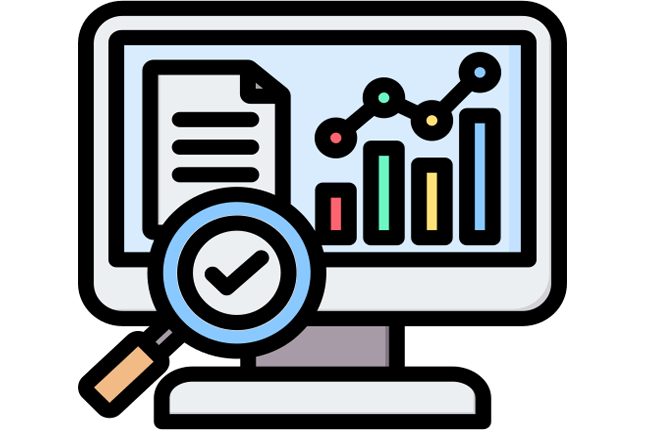
Data Analysis Tools
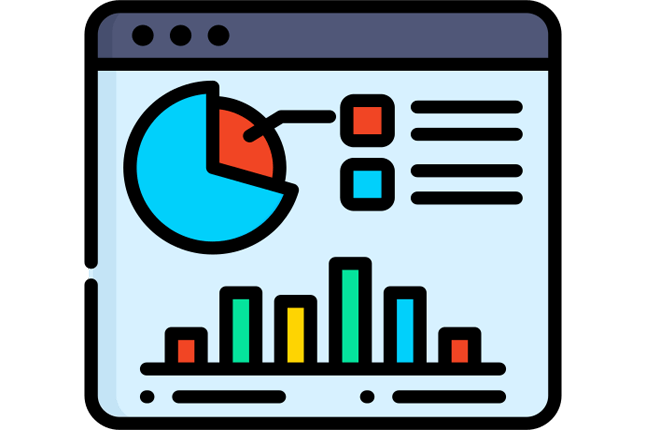
Data Visualization
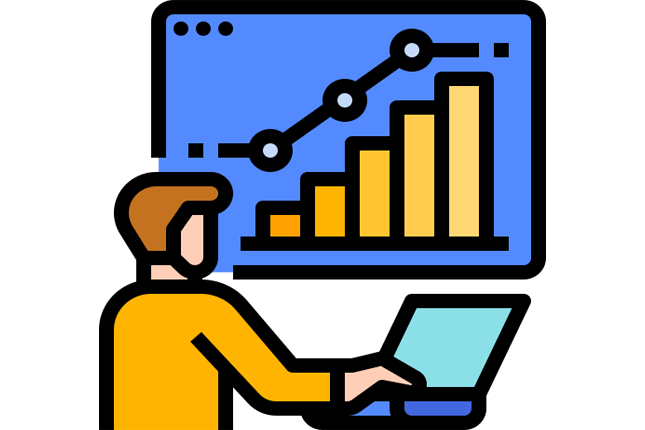
Statistical Analysis
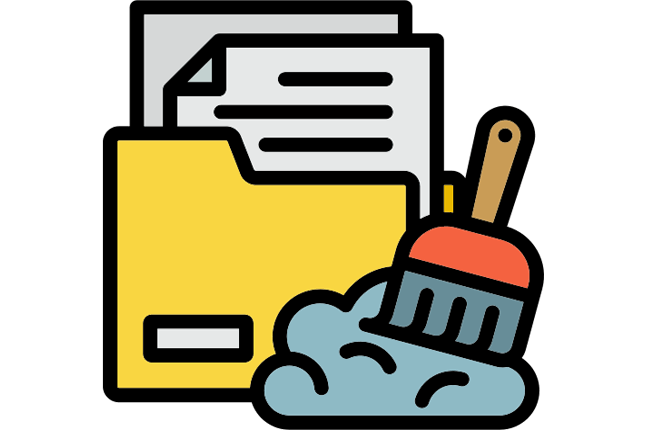
Data Cleaning and Preprocessing
Human-Computer Interaction (HCI)
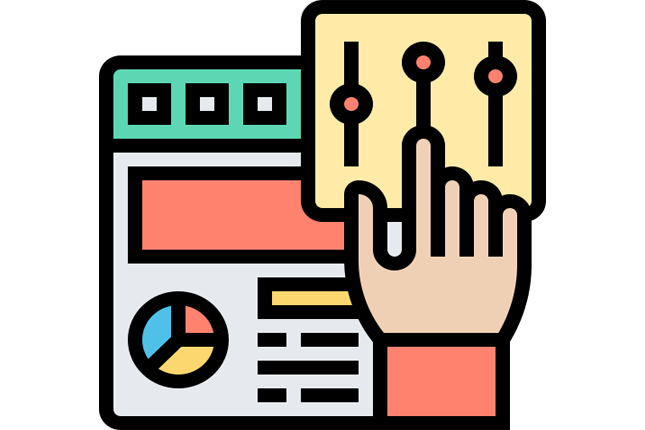
User Interface (UI) Design
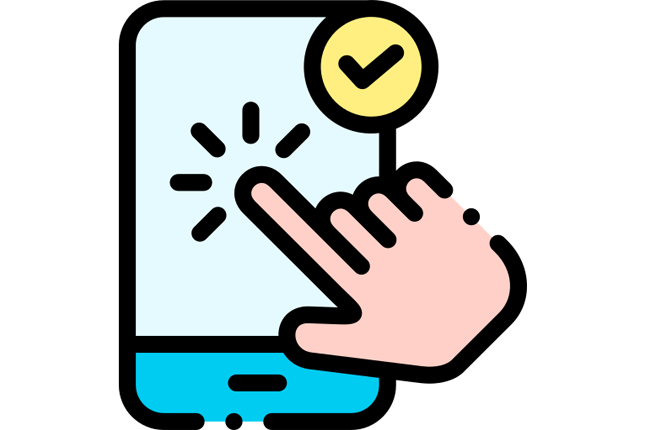
User Experience (UX)
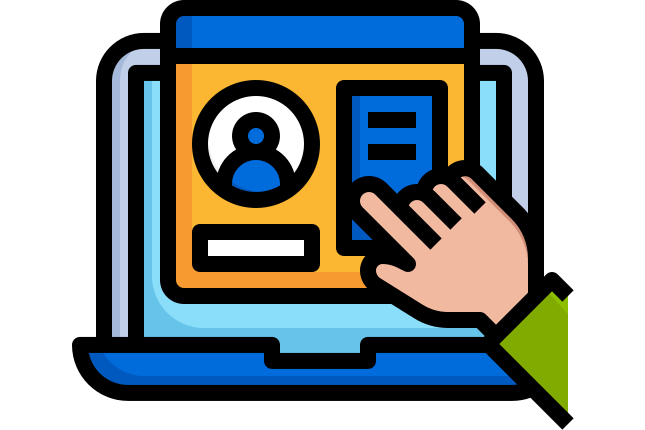
Accessibility
Robotics
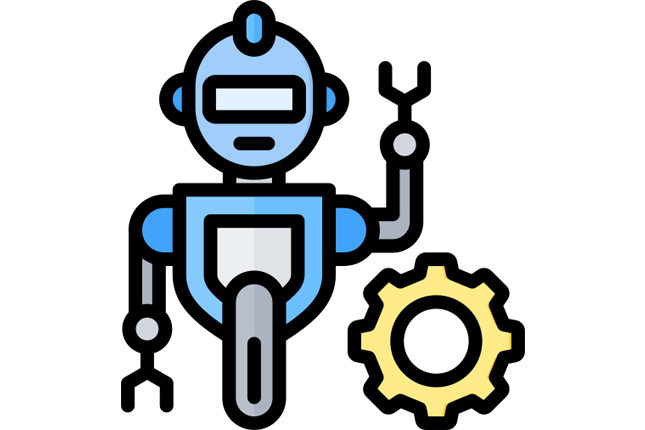
Robotic Process Automation (RPA)
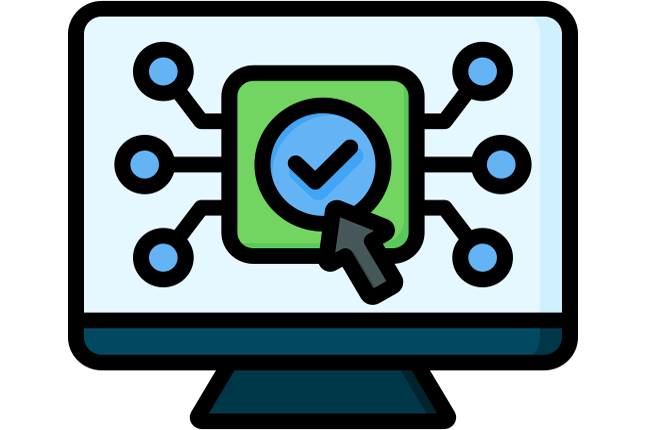
Control Systems
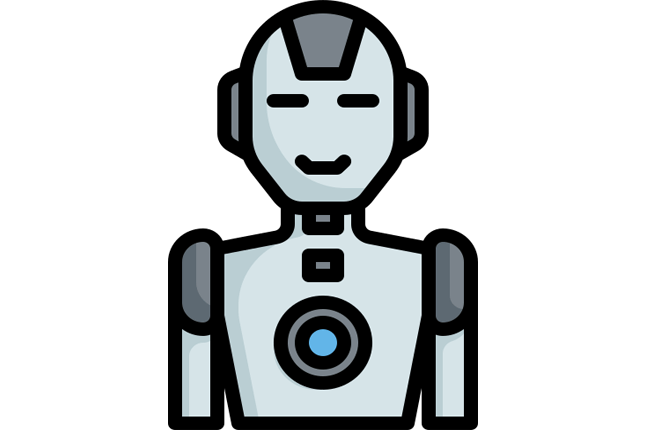
Humanoid Robots
Ethical and Social Implications
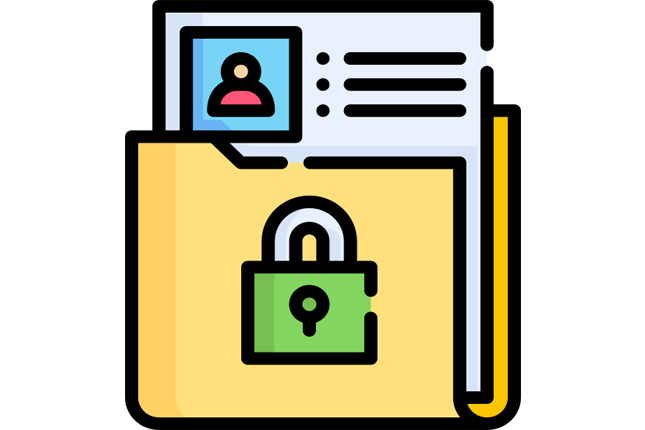
Privacy and Data Ethics
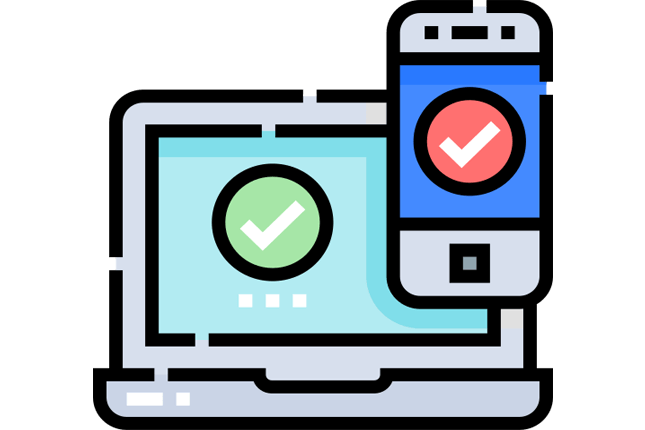
Digital Accessibility
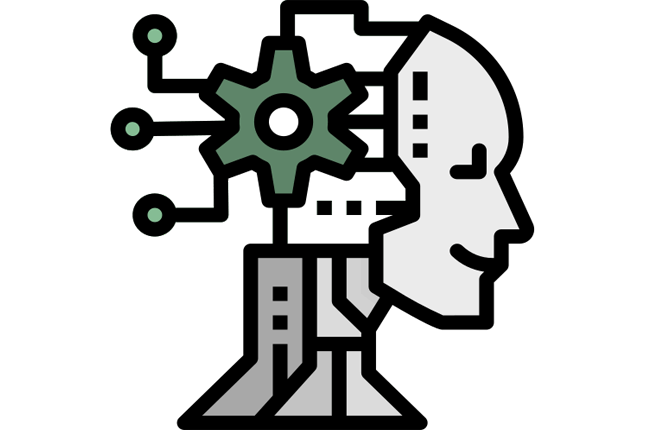
Bias in AI
Game Development
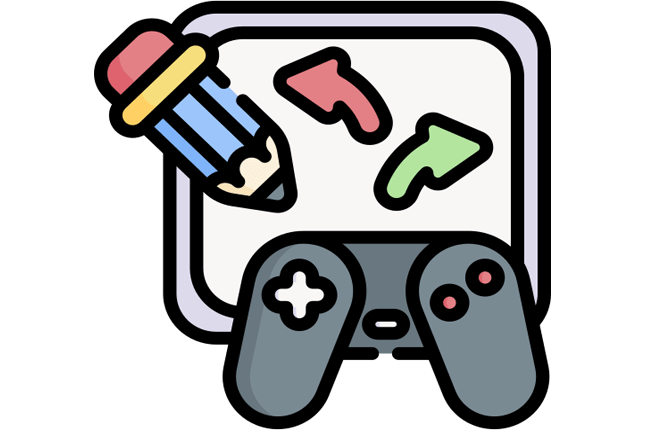
Game Engines
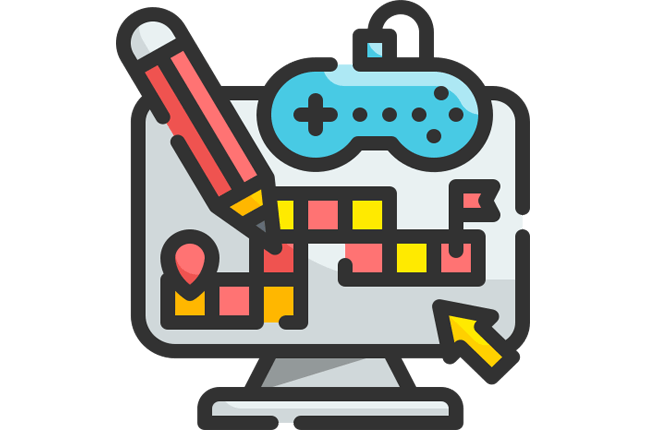
Graphics Programming
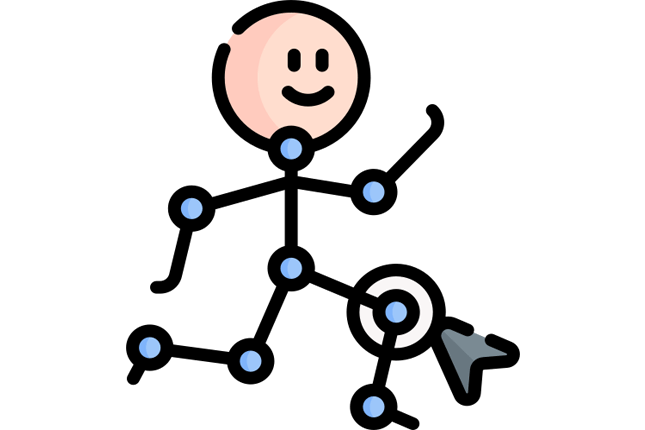
Game Physics
Quantum Computing
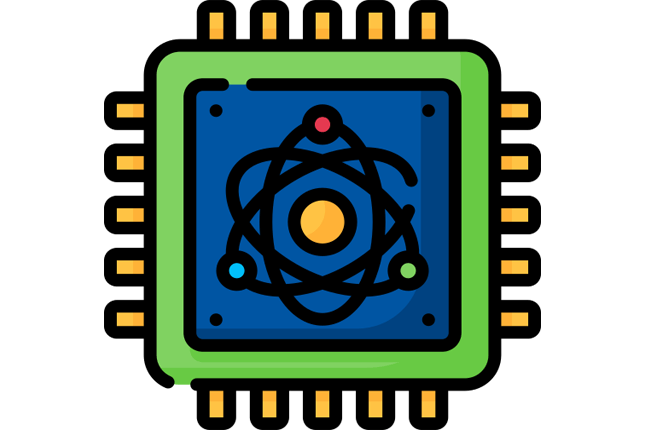
Quantum Algorithms
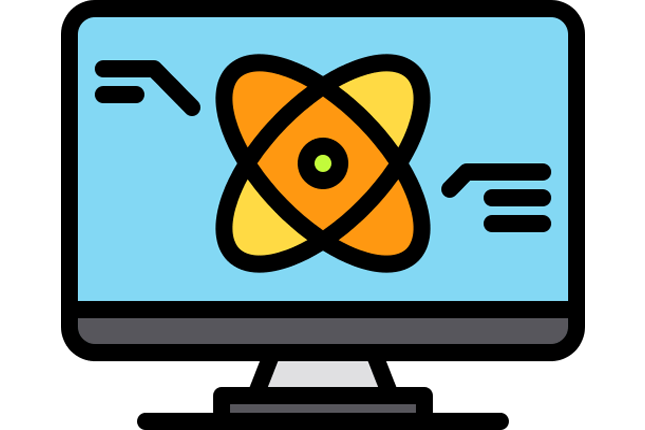
Quantum Programming

Quantum Applications
Internet Security and Privacy

Secure Communication
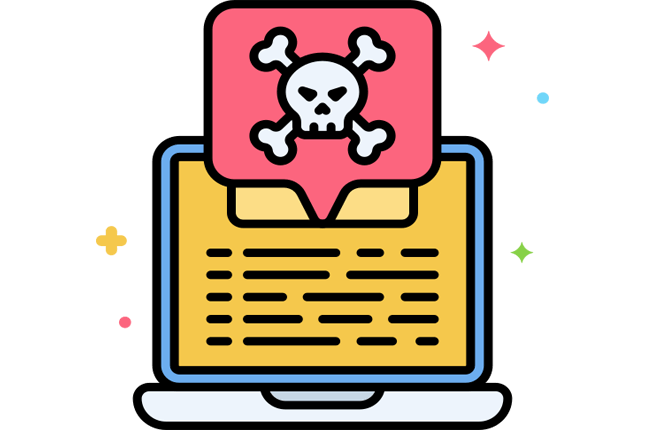
Phishing and Cyber Threats
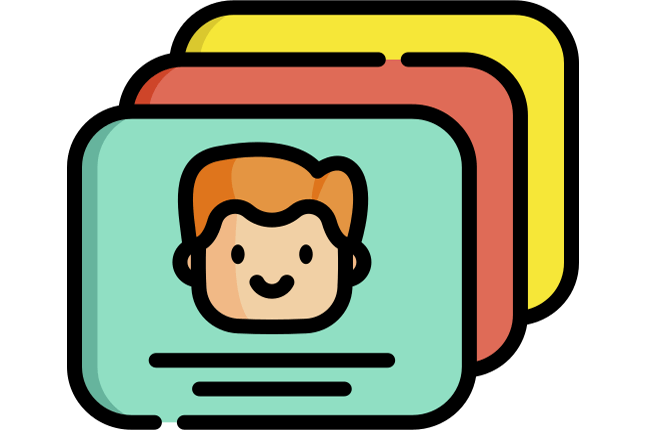
Digital Footprint Management
Software Architecture
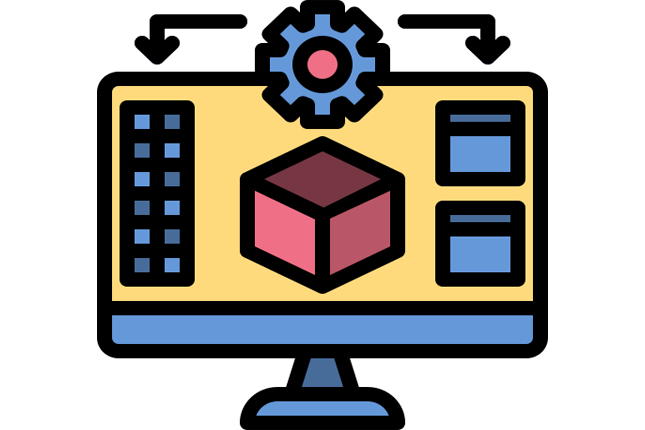
Microservices

Scalability in Software Architecture
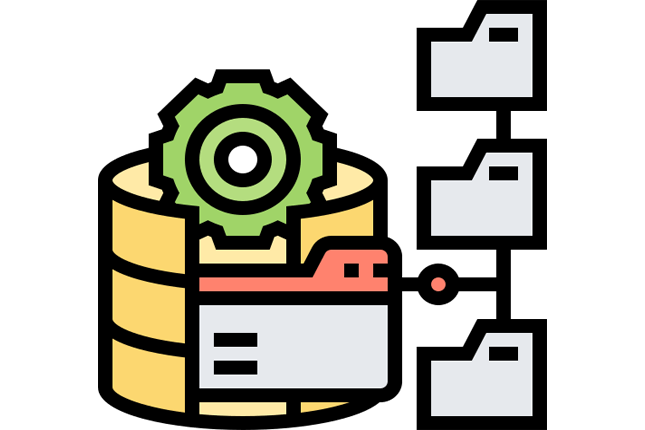
Distributed Systems
Augmented Reality (AR) and Virtual Reality (VR)
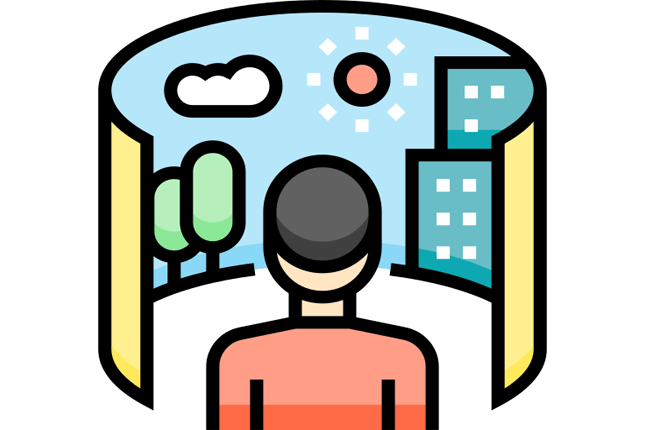
AR Applications
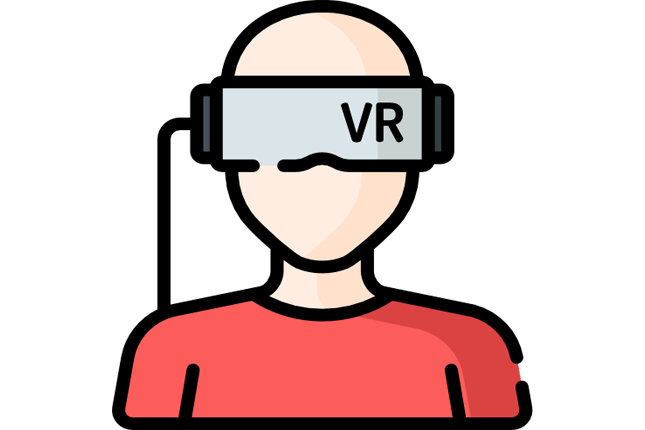
VR Systems
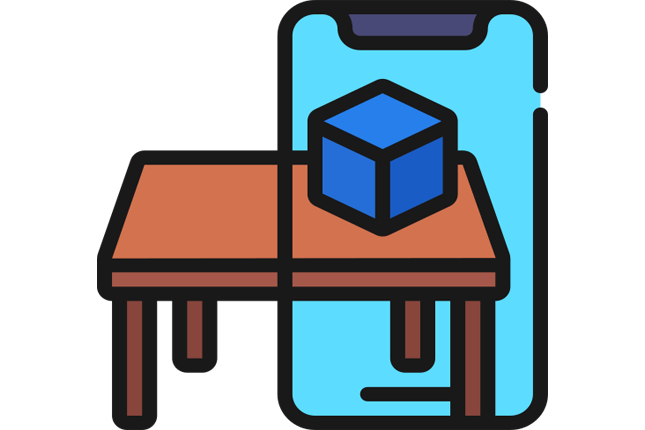
Mixed Reality (MR)
Key Computer Science Concepts Shaping the Real World Today
Computer science stands at the core of daily life, affecting everything from global communication to the ways in which we organize and process data. It encompasses a range of specialized fields, each with far-reaching implications for public services, private enterprises, and personal pursuits. By examining these concepts and their real-world outcomes, readers can deepen their appreciation for the systems that guide modern society.
Programming and Software Development
Programming provides the blueprint for every piece of software in use, whether it runs on a smartphone, a home appliance, or a satellite orbiting Earth. Languages such as Python, Java, and JavaScript figure prominently in both commercial and open-source projects. Python’s concise syntax has made it a favorite among data analysts, AI researchers, and web developers, while Java underpins large-scale business applications and drives Android platforms. JavaScript, through frameworks like React or Angular, fuels interactive experiences on the web.
In addition, robust collaboration between frontend and backend technologies has led to more dynamic websites and applications. Developers often rely on Node.js or Django to handle data behind the scenes, then present those results with HTML, CSS, and JavaScript on the client side. Mobile app development follows similar patterns, with Kotlin supporting Android and Swift powering iOS. These technologies streamline coding practices and link software to user-friendly interfaces.
Algorithms and Data Structures
Algorithms and data structures act as the internal machinery that dictates how quickly and efficiently programs complete their tasks. Sorting and searching algorithms—illustrated by MergeSort, QuickSort, or binary search—enhance the organization of data in countless settings, from streaming service libraries to social media timelines. Graph algorithms, a key component in computational geometry, guide modern mapping services and transit apps in determining the most efficient routes.
Data structures such as arrays, queues, stacks, and hash tables determine how information is stored and retrieved. Even simple applications like notepads or media players benefit from well-chosen data structures that allow smooth performance. By mastering these tools, programmers can scale their solutions from personal hobby projects to worldwide platforms.
Databases and Data Management
Data has become a primary resource for decision-making in healthcare, education, public administration, and beyond. Relational databases, including MySQL and PostgreSQL, impose a structured approach to organizing and querying large volumes of records, making them indispensable in applications that require consistent data integrity. By contrast, NoSQL databases like MongoDB and Cassandra accommodate unstructured or continuously shifting datasets, supporting use cases ranging from e-commerce product catalogs to real-time social media feeds.
Sophisticated systems that handle “big data” rely on technologies such as Apache Hadoop and Apache Spark to manage and analyze information at a scale unimaginable a few decades ago. Governments and corporations alike employ these platforms to uncover patterns in public health data, study economic changes, or optimize resource allocation in fast-paced environments.
Artificial Intelligence and Machine Learning
Artificial intelligence (AI) and machine learning (ML) have taken center stage as catalysts for innovation. Neural networks, designed to simulate the activity of neurons in biological brains, show remarkable skill in image classification, speech recognition, and natural language processing. Within this domain, deep learning methods power tools like Siri or Google Translate, demonstrating how software can adapt to varied inputs and contexts. Reinforcement learning, a subset of ML, refines decision-making in robotics or competitive gaming by having agents learn from trial and error.
Frameworks such as TensorFlow and PyTorch supply the building blocks for developers to create models that detect diseases, personalize online content, or even manage traffic signals. Their ability to handle large datasets and sophisticated mathematical operations has accelerated AI breakthroughs, reshaping entire industries in the process.
Cybersecurity
Cybersecurity ensures that networks, devices, and data remain safe from unauthorized access or malicious activity. Methods of encryption—exemplified by RSA, AES, and elliptic curve systems—shield sensitive information from prying eyes during transmission or storage. Security tools that block or scan for threats, including firewalls and intrusion detection systems, help organizations maintain a protective barrier around their digital infrastructure.
Ethical hacking and penetration testing, led by experts who proactively probe for weaknesses, serve as a frontline defense against phishing, ransomware, and denial-of-service attacks. In parallel, secure coding principles discourage vulnerabilities like SQL injection and cross-site scripting, further reinforcing the trust that users place in online services.
Operating Systems
An operating system (OS) manages a device’s hardware and software resources, enabling multiple applications to run reliably and efficiently. Windows, Linux, and macOS are household names for personal computing, with Android and iOS dominating mobile ecosystems. Each operating system applies different strategies for memory management, process scheduling, and security, but all share the objective of providing a stable environment for end users.
Developers extend OS functionality through virtualization or containerization. Virtual machines with tools like VMware mimic entire systems, allowing software tests without risking the main environment. Similarly, Docker and other container technologies create lightweight, isolated environments for running services in cloud platforms, an arrangement that supports agile development and consistent performance.
Networking
Networking brings distant systems together and underpins the internet’s global reach. Protocols such as TCP/IP guide reliable data transfer, while DNS translates domain names into numerical IP addresses. Because of these protocols, users can stream videos, share files, or browse websites with minimal delay or confusion.
Advances in wireless communications—5G in particular—amplify speed and reduce latency, encouraging growth in smart home devices, remote telemedicine, and connected automobiles. Meanwhile, cloud service providers like AWS, Google Cloud, or Microsoft Azure leverage massive network infrastructure to provide on-demand computing resources, linking data centers distributed around the globe for rapid content delivery.
Cloud Computing and DevOps
Cloud computing has transformed the way organizations handle storage and processing. Infrastructure as a Service (IaaS) platforms allow users to lease servers and databases, avoiding the need to maintain physical hardware, while Platform as a Service (PaaS) environments streamline the creation and deployment of applications. Kubernetes, a container orchestration solution, automates tasks like load balancing and resource allocation, ensuring stable performance when user traffic surges.
DevOps complements these cloud technologies by merging software development with IT operations, highlighting automation and communication. Continuous Integration/Continuous Deployment (CI/CD) pipelines, supported by GitHub Actions or Jenkins, detect code changes and run tests automatically. This model encourages swift updates and rapid iteration, reducing the time between conceptualizing new features and making them accessible to users.
Web Technologies
The internet holds a prominent role in everyday routines, with web technologies evolving rapidly to meet new demands. Frontend libraries such as React and Vue.js shape interactive interfaces that load swiftly and present data clearly, while backend frameworks including Laravel or Flask manage data and control logic behind the scenes. REST and GraphQL APIs permit separate parts of an application—or distinct services entirely—to exchange data seamlessly.
Secure web development practices help safeguard user information, integrating protocols like HTTPS for data encryption in transit and employing authentication mechanisms such as OAuth. This attention to security, combined with structured coding approaches, upholds the reliability of online shopping, social media, teleconferencing, and countless other digital services.
Mobile and IoT Development
Smartphones and IoT (Internet of Things) devices have become integral to many households, industries, and public services. Mobile platforms rely on languages like Swift for iOS and Kotlin for Android, each optimized to harness unique hardware features and streamline app creation. Cross-platform solutions like React Native reduce overhead for developers, allowing them to write code once and distribute it widely.
IoT extends connectivity to wearables, home appliances, smart agriculture sensors, and intelligent manufacturing systems. Devices utilize protocols such as MQTT to transmit data in real time, enabling automated responses to environmental changes. The Raspberry Pi and Arduino families have opened up embedded systems development, allowing students, hobbyists, and professionals alike to design imaginative solutions for home automation, remote monitoring, and beyond.
Artificial Intelligence Applications
Artificial intelligence extends its reach into fields as diverse as healthcare, automotive engineering, and entertainment. Natural Language Processing (NLP) underpins automated transcription and multilingual chatbots, making digital communication accessible across language barriers. Computer vision, capable of detecting objects or faces in images, enables automated quality control in manufacturing and powers augmented reality features in smartphones.
Recommendation engines, found on streaming platforms and e-commerce sites, use machine learning to personalize user experiences by analyzing individual preferences alongside crowd-sourced data. Farther on the cutting edge, autonomous systems combine real-time sensor inputs, AI-driven navigation, and risk assessment algorithms to drive vehicles or pilot drones in unpredictable environments.
Blockchain and Cryptocurrencies
Blockchain technology offers a decentralized approach to storing and verifying transactions. Systems like Bitcoin and Ethereum popularized the concept by allowing users to transfer digital currencies without an overarching authority. Ethereum’s introduction of smart contracts, self-executing agreements coded on the blockchain, showcased additional ways to enforce trust and transparency.
A growing ecosystem of cryptocurrency projects and decentralized applications (dApps) has emerged, spanning decentralized exchanges, peer-to-peer digital collectibles, and governance models that allow community voting. The cryptographic integrity of each block in a chain ensures that users can trace the lineage of funds or assets, mitigating certain forms of fraud or tampering.
Software Testing and Quality Assurance
Building reliable applications depends on systematic testing procedures that minimize bugs and identify performance bottlenecks. Unit testing verifies the functionality of individual modules, and integration testing checks how components behave when combined. Automated testing with frameworks like Selenium or Cypress accelerates this process, quickly revealing issues in new code deployments.
Debugging also remains integral, requiring developers to investigate errors at both the code and system levels. Beyond mere error removal, thorough quality assurance reduces potential downtime, upholds user trust, and lowers long-term maintenance overhead.
Data Science and Analytics
Data science translates raw numbers into practical insight. Practitioners use statistical analysis, machine learning, and visual representations to find trends or detect anomalies, relying on tools like Python, R, and Excel for data manipulation. Visualization platforms such as Tableau or Power BI turn complex datasets into charts and graphs that highlight connections or patterns.
Data cleaning, transformation, and merging often require significant effort, yet these procedures form the foundation for accurate findings. Properly handled data can guide policymaking, identify health risks, or reveal consumer behavior, illustrating the far-reaching value of systematic data analysis in the public and private spheres.
Human-Computer Interaction (HCI)
HCI focuses on how people engage with digital systems, including websites, mobile apps, and even hardware devices. User interface (UI) design weighs aesthetics and functionality to create intuitive screens or menus, while user experience (UX) design emphasizes clarity and ease of navigation. Well-structured HCI principles, combined with accessibility guidelines such as the Web Content Accessibility Guidelines (WCAG), ensure that platforms accommodate users with diverse needs.
UI designers may implement contrast, typography, or color choices that help individuals read text more comfortably, whereas UX specialists organize page layouts or workflows that reduce cognitive load. This integration of form and function fosters enjoyable interactions, improving satisfaction across a wide range of user demographics.
Robotics
Robotics merges mechanical engineering, electronics, and software to create machines that perform tasks autonomously or with minimal human oversight. Manufacturers employ robotic arms to assemble products with speed and precision. In the service sector, social robots can greet customers, while in agriculture, drones equipped with computer vision can survey fields for crop assessments.
Complex platforms may combine artificial intelligence with advanced sensor arrays to interact with unpredictable environments. Reinforcement learning helps robots adapt to new variables on the fly, whether navigating tight warehouse aisles or assisting in search-and-rescue operations after natural disasters.
Ethical and Social Implications
The rapid expansion of computing technologies carries ethical responsibilities. AI systems that process personal data or influence job recruitment must address potential biases and uphold fairness. Privacy concerns loom large as businesses and institutions collect more user information, highlighting the need for data protection legislation and transparent data handling policies.
There is also a growing imperative for inclusive design, ensuring technology remains beneficial for all individuals. Digital divides can arise where broadband access is limited, or where certain communities have difficulty using modern interfaces. Addressing these gaps underscores how social well-being ties closely to innovations in computing.
Game Development
Computer science spurs innovation and creativity in gaming, which blends art, storytelling, and coding. Engines like Unity and Unreal Engine simplify the creation of sophisticated 2D or 3D environments, offering built-in physics that replicate real-world dynamics. Developers can craft expansive virtual worlds, design levels packed with puzzle elements, or simulate realistic vehicle maneuvers.
Many titles incorporate artificial intelligence, enabling non-player characters (NPCs) to react dynamically and adapt to user input. From immersive virtual reality experiences to mobile puzzle games, game development demonstrates the breadth of computer science in delivering interactive entertainment that resonates with millions worldwide.
Quantum Computing
Quantum computing represents a new frontier, leveraging quantum bits (qubits) and phenomena such as superposition and entanglement to process information in ways classical machines cannot. Algorithms like Shor’s reveal how quantum devices might factor large numbers far more efficiently, hinting at potential impacts on data security. Although still in active development, quantum computing has spurred research into specialized programming languages (e.g., Qiskit) and novel hardware architectures.
Scientists continue to seek breakthroughs in error correction and scalability, striving to create stable quantum processors. Even partial progress could accelerate discovery in fields like cryptography, pharmaceuticals, and material science.
Internet Security and Privacy
Internet security embraces a wide range of protection measures, from masking user locations with VPNs to encrypting messages with sophisticated protocols. Phishing attempts, in which attackers impersonate legitimate entities, remain a persistent threat, and the exponential rise in connected devices amplifies vulnerabilities. Public awareness campaigns and best practices—updating passwords, employing multi-factor authentication—can safeguard digital footprints and personal details.
Regulatory measures also play an influential role. Many countries enforce data protection statutes that require companies to handle user data responsibly, imposing strict penalties for breaches. As technology spreads into every facet of human life, robust security will remain non-negotiable.
Software Architecture
The internal design of large-scale systems can determine whether software can accommodate thousands or millions of simultaneous users without faltering. Microservices architecture separates complex applications into smaller, more manageable services, each operating independently and communicating with lightweight protocols. This approach reduces the risk of a single glitch destabilizing an entire platform.
Distributed systems bring further resilience by splitting processing tasks across multiple servers, sometimes in various regions of the world. If one node goes offline, the rest can shoulder the workload. Techniques for load balancing and replication enhance reliability, ensuring minimal disruption to users seeking continuous uptime.
Augmented Reality (AR) and Virtual Reality (VR)
AR and VR transform how individuals see and interact with digital content. AR applications overlay smartphone screens or smart glasses with context-aware details about the user’s surroundings, enabling functionalities such as real-time language translation or object recognition. VR headsets immerse individuals in wholly simulated settings, beneficial for training simulations, interactive storytelling, or immersive gaming.
In some scenarios, these technologies converge as mixed reality, where physical and virtual elements intertwine to create a shared space. This synergy opens new doors for remote collaboration, architecture visualization, medical practice, and a host of specialized sectors.
Wrapping It Up
Computer science stands as a primary force shaping new possibilities in communication, automation, data analysis, and beyond. By probing its core principles, from programming languages to quantum theories, learners and professionals alike gain insights into systems that underwrite daily conveniences. Whether orchestrating AI-driven platforms, securing networks, or designing user-friendly software, computer science practitioners continually refine our digital lives and chart the course for future breakthroughs.
